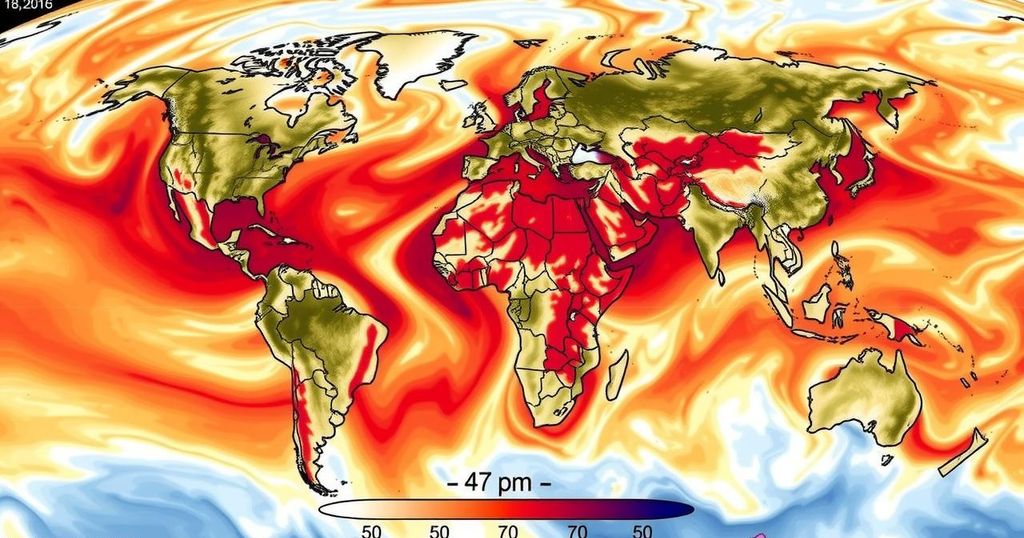2024 Sets Record as Hottest Year; Potential Cooling in 2025 Could Occur

The year 2024 is anticipated to be the hottest on record, with global temperatures exceeding 1.5 degrees Celsius above pre-industrial averages. While 2025 may experience slight cooling due to La Nina, climate change’s long-term effects will still result in severe weather patterns, necessitating urgent emission reductions to avert further warming.
The year 2024 is projected to be the hottest year documented, with global average temperatures likely surpassing 1.5 degrees Celsius above pre-industrial levels. This assessment was made by the Copernicus Climate Change Service (C3S) as it reported that extreme weather events, such as devastating droughts, fatal floods, and lethal heatwaves, have occurred worldwide this year. Although 2025 may see a slight cooling due to the potential emergence of the La Nina phenomenon, the long-term effects of climate change will still pose serious risks. According to expert analyses, human-induced climate change has been linked to the frequency and severity of these disastrous weather patterns, underscoring the need for comprehensive measures to reduce carbon emissions, which are at an all-time high despite numerous pledges from governments globally.
The discourse surrounding climate change has escalated due to the alarming trends in global temperatures, which have led to a series of catastrophic environmental events. The Copernicus Climate Change Service, established to monitor climate data for the European Union, plays a pivotal role in assessing and communicating these trends. Its recent findings reveal that current temperatures are unprecedented, driven primarily by anthropogenic factors. The possibility of a cooler 2025 hinges on the unpredictable weather patterns of La Nina, yet experts emphasize the looming threats of continued extreme weather events associated with climate change.
In conclusion, the evidence suggests that 2024 will be a record-breaking year for global temperatures, a stark reminder of the consequences of climate change. The potential for a cooler 2025, should the La Nina phenomenon materialize, does not equate to a return to safe or normal temperature levels. The continuing rise in carbon emissions, despite international commitments, highlights the urgent need for effective climate action to mitigate future risks associated with global warming.
Original Source: www.onmanorama.com






